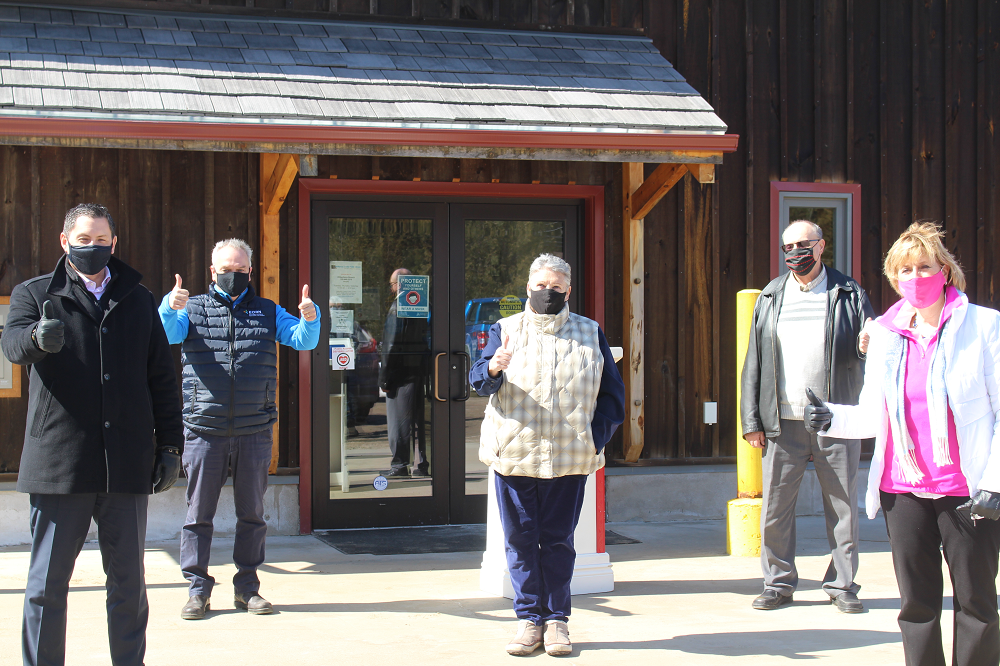Rogers Communications will deliver a more than $300 million public-private partnership project to improve cellular connectivity throughout the region.
The Eastern Ontario Regional Network (EORN) announced March 19 that Rogers was the successful bidder for its Cell Gap project. The initiative aims to provide better service in Eastern Ontario, especially in dead zones, over the next five years, with goals of 99 per cent having cellular calling, 95 per cent having coverage for video and applications, and 85 per cent having high-definition video streaming.
Minden Hills mayor and EORN board member Brent Devolin said it is a big win.
“I’m a techie. This is like winning the Super Bowl, the Stanley Cup playoffs, the Indy 500 all in one,” Devolin said. “It is a game-changer.”
Rogers announced it was investing more than $150 million, greater than the $61 million minimum EORN originally proposed for private investment. That is on top of $71 million contributions from both the federal and provincial governments, and $10 million from municipalities.
“We understand this is no longer nice to have, it’s a need,” Rogers for Business and Connected Home president Dean Prevost said. “Our focus is to build true local partnerships as we bring this project to life over the next five years and beyond. I couldn’t be more excited to get started.”
Prevost said the initative includes improved capacity on existing towers and adding 300 new towers to expand coverage.
EORN expects construction to start this spring. But Devolin said the timeline for what areas would get towers first, and when, is still being finalized.
Prevost said besides addressing dead zones, there should also be improved service to urban areas like small towns.
“A larger capacity in terms of the data we can carry, and also it creates a lower-latency environment,” Prevost said. “It’s as much for business, municipalities and towns as it is for its incredible reach.”
Devolin said there should be a complete timeline provided before the end of the year, with improvements happening within 2021. He said board members in the poorest-served areas will push to have those spots addressed sooner.
“We’d love to know all the answers today, but it’s just not possible yet,” Devolin said. “It’s never going to be fast enough for all concerned.”
EORN also has a $1.2-$1.6 billion proposal to bring one gigabit-per-second internet speed throughout the region. It has asked for both provincial and federal funding for that. Provincial Minister of Infrastructure Laurie Scott and federal Minister of Rural Economic Development Maryam Monsef both said there would be news to come.
“We’re taking their proposal very seriously,” Monsef said. “Our communities are counting on us and there’s immense economic potential to be unleashed.”
“From businesses to our economy to schools, it just means everything to all of us,” County Warden Liz Danielsen said about the cell gap project. “It’s truly a good day for Haliburton County.”






